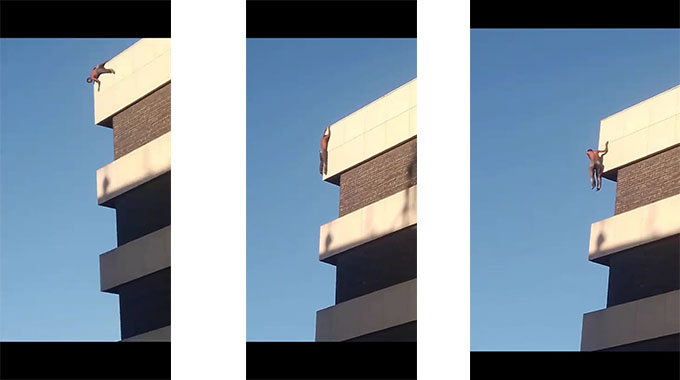443 arrested for wildlife crimes

Thandeka Moyo, Chronicle Reporter
A TOTAL of 443 people were arrested in connection with wildlife crimes in Zimbabwe last year, up from 317 cases recorded the previous year.
The Zimbabwe Parks and Wildlife Management Authority yesterday said 31 of the arrested people were Zambians, seven were Mozambicans and one was a South African while the rest were locals.
Zimparks spokesperson Ms Caroline Washaya-Moyo said 57 of those who were arrested were convicted and sentenced to nine or more years in prison while the other cases are pending before the courts.
“The year 2016 witnessed an increase in the number of wildlife cases that were concluded resulting in 513 years being passed for mandatory nine year sentences for wildlife crimes compared to 414 years in 2015,” she said.
She said during the year the authority also recovered some tusks, live pangolins, pangolin trophies and about 22 firearms from different parts of the country.
Ms Washaya-Moyo said the country has serious challenges when it comes to forensic analysis as the only credible forensic laboratory available is the Police Forensic Laboratory which is not adequately equipped to deal with wildlife specimens.
“The country has black and white rhinos found in private conservancies, parks estates and private properties. The estimated population of both black and white rhinos is 880 while that of elephants is 83 000,” she said.
Ms Washaya-Moyo said poaching of elephants through the use of cyanide was rampant in Matabeleland North province between 2013 and 2016 which resulted in the death of more than 300 elephants and other wild animals.
“This silent poaching method has serious effects to the eco-system and is a potential threat to human life. The recovery of several firearms from poaching syndicates across the country has contributed significantly to the reduction in incursions especially in areas such as Sebungwe,” she said.
“Most poaching gangs comprising of individual poachers from Gokwe in the Midlands province and Muzarabani in Mashonaland Central, are now poaching in Save Valley, West Nicholson, Hwange, Tsholotsho and Gonarezhou areas.”
Ms Washaya-Moyo said Zimparks was confident that the introduction of modern anti-poaching strategies such as the use of drones, sniffer and tracker dogs will go a long way in combating poaching and illegal wildlife trade in protected areas and at the country’s borders.
@thamamoe











Comments